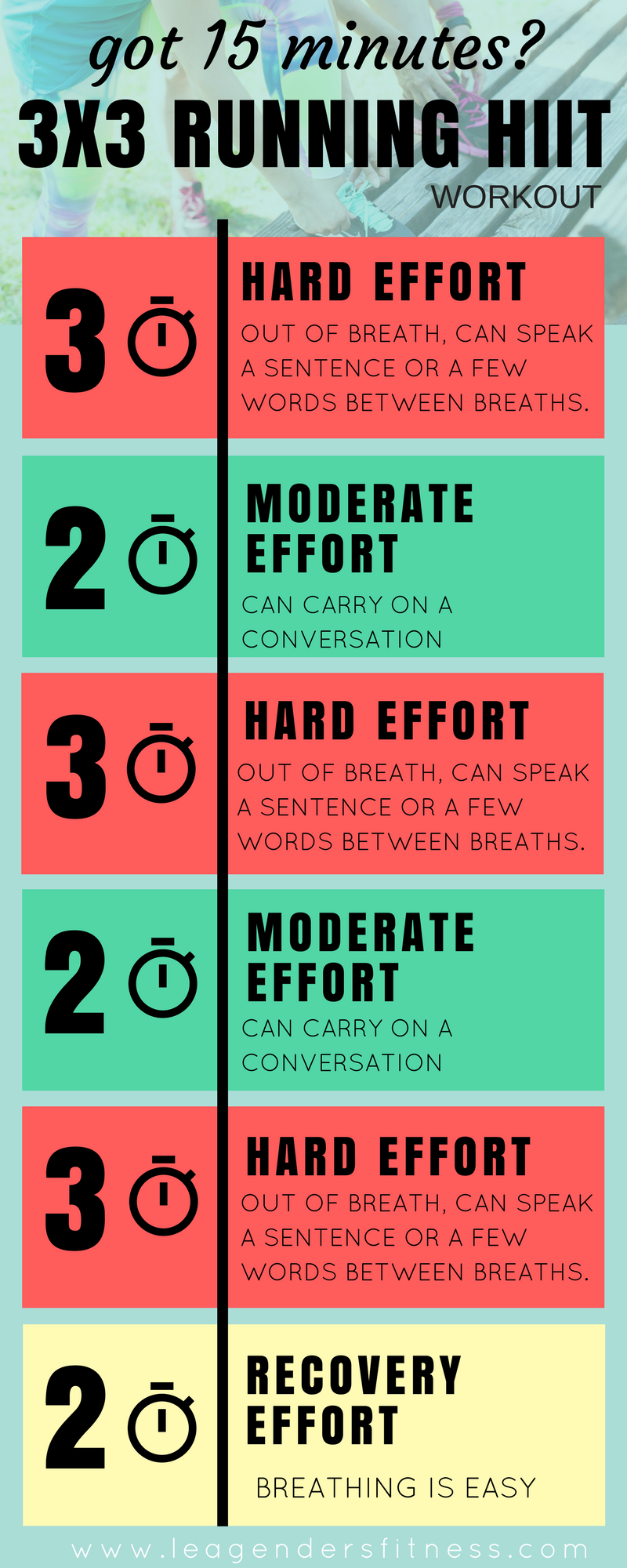Elevate Your Running Strategy with Proven Techniques
How to avoid and Handle Pain in Running: Specialist Tips and Guidance
The pursuit of that jogger's high can occasionally be impeded by the undesirable buddy of pain. There exist tested techniques and professional recommendations that can aid mitigate and take care of these discomforts, enabling you to concentrate on the joy of running itself.
Value of Correct Footwear
Correct footwear plays an important duty in preventing and handling discomfort for runners, as it considerably impacts their convenience, efficiency, and total foot health. When it concerns running, putting on the right footwear can make all the difference. Uncomfortable or inappropriate footwear can cause a host of problems such as sores, shin splints, plantar fasciitis, and much more serious injuries like stress cracks.
Selecting the proper operating shoes involves taking into consideration elements such as foot kind, stride technicians, running surface, and personal preferences. Joggers with high arches might call for more padding and assistance, while those with level feet might take advantage of security footwear. Additionally, comprehending pronation (the inward rolling of the foot) and supination (the outward rolling of the foot) can help in selecting footwear that provide the ideal level of arch support.
Investing in quality running shoes that are ideal for your specific requirements can assist protect against pain and discomfort while boosting your running experience. Focusing on appropriate footwear is not practically performance but also about guarding your foot wellness in the lengthy run.

Effective Warm-up Strategies
Footwear option is simply one element of getting ready for a successful run; an additional critical aspect is carrying out reliable workout methods to optimize efficiency and lower the risk of injury. A vibrant workout regimen before a run helps raise blood flow to the muscle mass, enhances flexibility, and enhances the series of motion of the joints. Dynamic extends like leg swings, high knees, and hip circles are beneficial in preparing the body for the physical demands of running. Progressively boosting the intensity of the warm-up exercises can assist activate the muscle mass and boost neuromuscular control.
Along with dynamic stretches, incorporating some light cardio exercises such as running or skipping rope can further elevate the heart rate and heat up the body. This combination of vibrant extending and light cardio aids loosen tight muscular tissues, lubricate the joints, and psychologically prepares the runner for the upcoming exercise (running strategy). By making warm-ups a constant component of your running regimen, you can dramatically lower the danger of injuries and do at your finest throughout each run
Secret Extending Exercises
When getting ready for a run, including crucial extending exercises is important to improve muscular tissue adaptability and protect against injuries - Read More. Dynamic extends such as leg swings, high knees, and hip circles are useful for heating up the muscular tissues and boosting variety of movement prior to a run. These movements help improve blood flow, loosen tight muscle mass, and prepare the body for the activity in advance
Fixed stretches like calf stretches, hamstring stretches, and quadriceps stretches should adhere to a go to help in muscle mass recovery and stop tightness. Holding each stretch for 15-30 seconds permits the muscle mass to relax and elongate, lowering the danger of post-run soreness and prospective injuries.
Additionally, including yoga exercise presents like descending dog, pigeon posture, and spine spins can target multiple muscle mass teams all at once, promoting general versatility and stamina. Regular extending regimens not only enhance efficiency however likewise help in preserving great running type and avoiding overuse injuries. Keep in mind, proper extending methods are important for a secure and pleasurable running experience.
Recovery and Relax Approaches
After completing a run, implementing effective healing and rest strategies is crucial for taking full advantage of performance and minimizing the danger of injuries. Furthermore, integrating rest days into your training timetable is important to protect against overuse injuries and burnout.
Energetic recovery techniques such as gentle stretching, foam rolling, and yoga exercise can help boost blood circulation, decrease muscle discomfort, and improve adaptability. It is additionally valuable to prioritize hydration and nourishment post-run to replenish electrolytes, glycogen stores, and promote muscular tissue healing.
Cross-training tasks like swimming or biking can give a break from the repetitive effect of running while still preserving cardiovascular health and fitness - running workout. Paying attention to your body and acknowledging when it needs a break is essential to preventing chronic injuries and ensuring lasting running success. Bear in mind, rest is not an indicator of weak point but an essential part of an all-round training routine
Cross-Training Conveniences

In addition, cross-training help in preventing mental exhaustion by including selection to your workout regimen, maintaining you inspired and taken part in your fitness trip. It allows you to deal with different facets of physical fitness that may not be targeted exclusively through running, leading to a more well balanced and versatile professional athlete. In addition, cross-training can assist enhance running effectiveness by dealing with muscular discrepancies and weaknesses that may impede efficiency. Generally, incorporating cross-training right into your routine can result in boosted endurance, speed, and overall sports efficiency while lowering the probability of injury.
Verdict
To conclude, correct footwear, warm-up methods, stretching workouts, recovery techniques, and cross-training are vital components in preventing and managing pain in running. By including these techniques into your regimen, you can reduce the danger of injury and pain while making the most of performance and pleasure of the sport. Read More. Remember to listen to your body, focus on rest he has a good point and healing, and seek expert guidance when needed to ensure a secure and reliable running experience